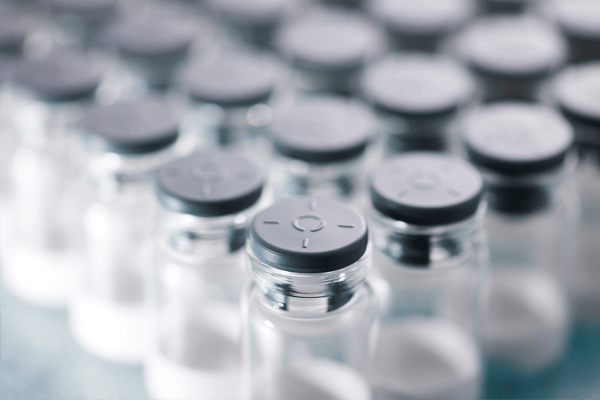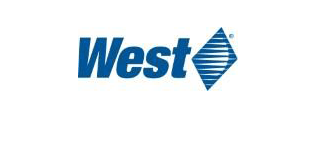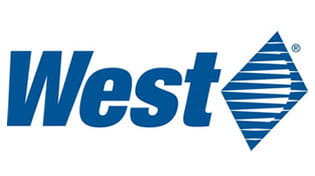Preventing Residual Moisture in Lyophilization Stoppers
Some pharmaceutical substances, such as proteins, monoclonal antibodies, enzymes, and vaccines, are unstable in solution. They can degrade, for example by enzymatic or hydrolytic reactions. Lyophilization (also called freeze-drying) is the most common approach to address this.* Lyophilization is the process of dehydrating a material at low temperature and reduced pressure. Absent water, the rates of degradative enzymatic/hydrolytic processes are reduced substantially, and thus drug product stability is improved.
![]()

To characterize the stability profile of a drug product, there is a focus on critical quality attributes (CQAs). For lyophilized drug products, one of the CQAs is “residual moisture content”. To maintain the optimal low moisture level over a lyophilized drug product’s shelf life, it is important to understand the properties and limitations of the primary containment system, i.e., the ability to restrict moisture ingress into the vial.
A first requirement for a primary containment system is proper fit of vial and elastomer stopper. This promotes container closure integrity, which is essential to preventing moisture ingress. A second requirement is suitable dryness of the stopper. Many stoppers are sterilized by autoclave/steam, which results in moisture absorption. Stoppers will not suitably dry during lyophilization. A separate, validated, drying step is needed, e.g., approximately 8 hours at 105oC. Note that over-drying is not acceptable, as degradation or alteration of the extractable and leachable profile may result. A third requirement is selection of the proper stopper, more specifically the proper elastomer formulation. Every formulation has a characteristic moisture vapor transmission rate (MVTR); one with a low value should be selected. For example, chlorobutyl rubber is 0.3 g/m2-day, as compared to natural rubber which is 9.0 g/m2-day.
For more on selecting vial containment systems for lyophilized drug products, contact an Account Manager or Technical Customer Support (TCS) representative.
*. Container and Reconstitution Systems for Lyophilized Drug Products. P. McAndrew, D. Hostetler, F. DeGrazio. Lyophilization of Pharmaceuticals and Biologicals (ISBN 978-1-4939-8927-0). K.R. Ward and P.Matejtschuk, Eds., Humana Press, 193-214 (2019)









